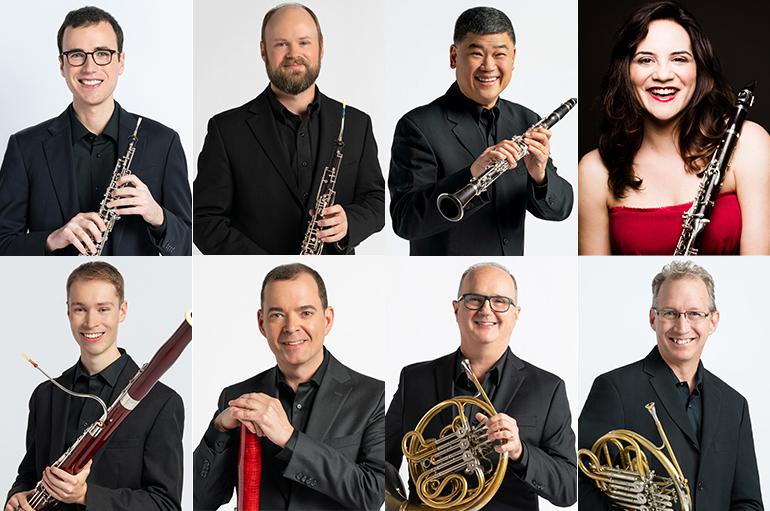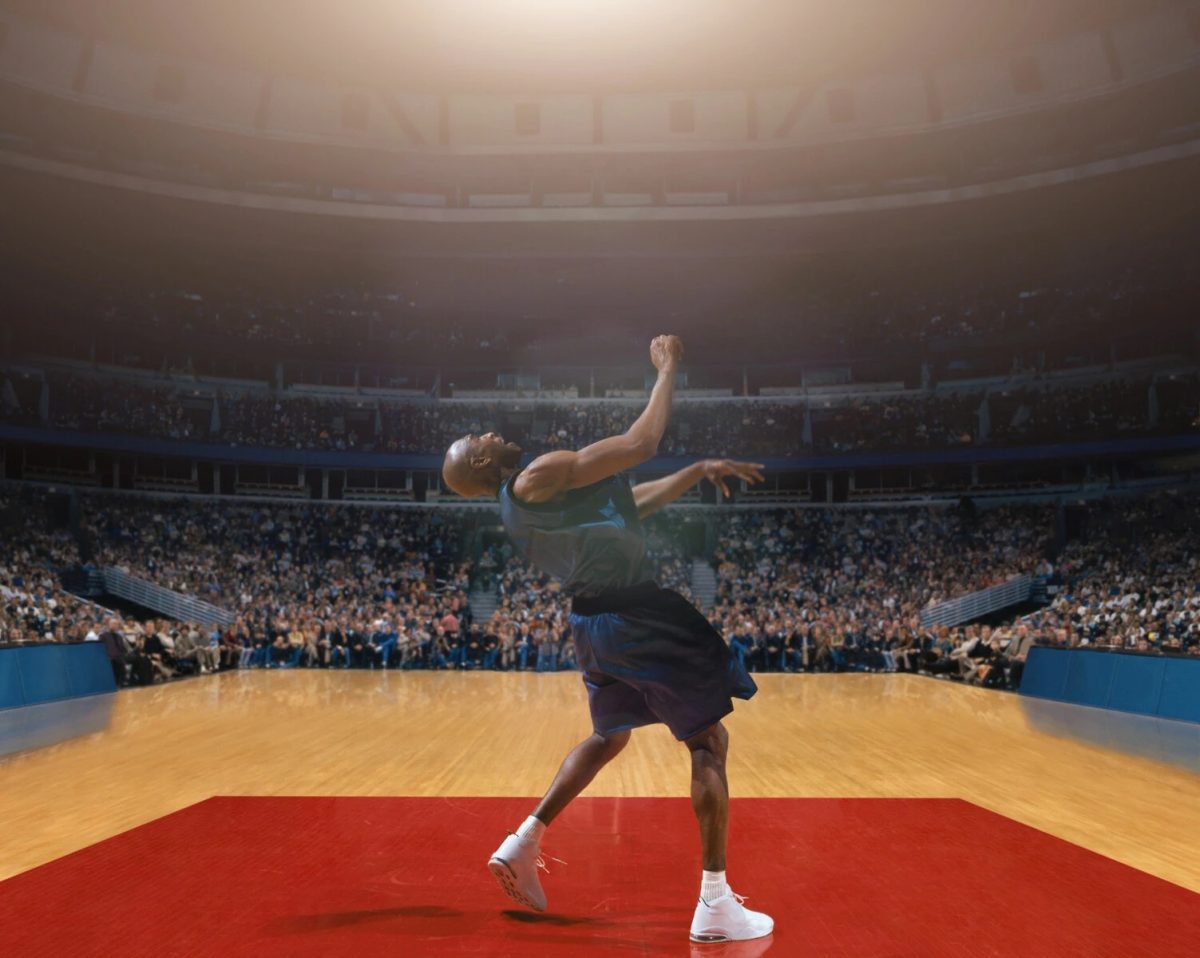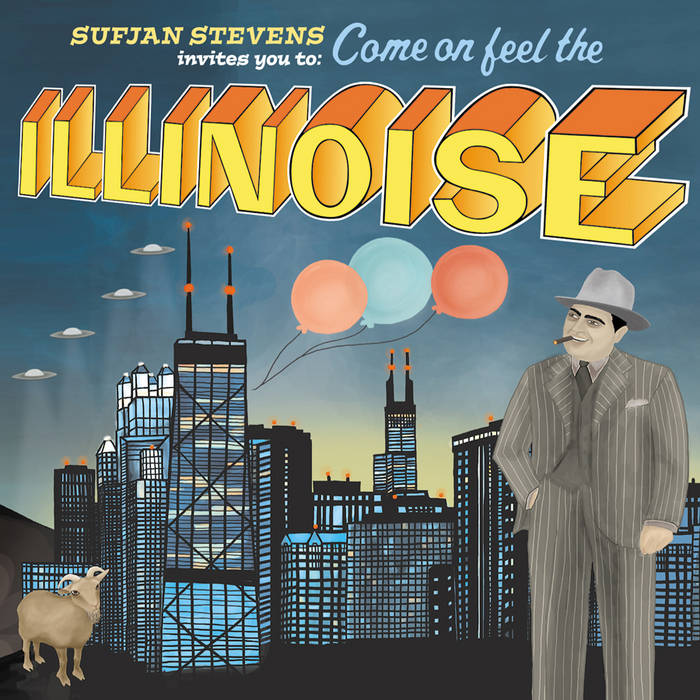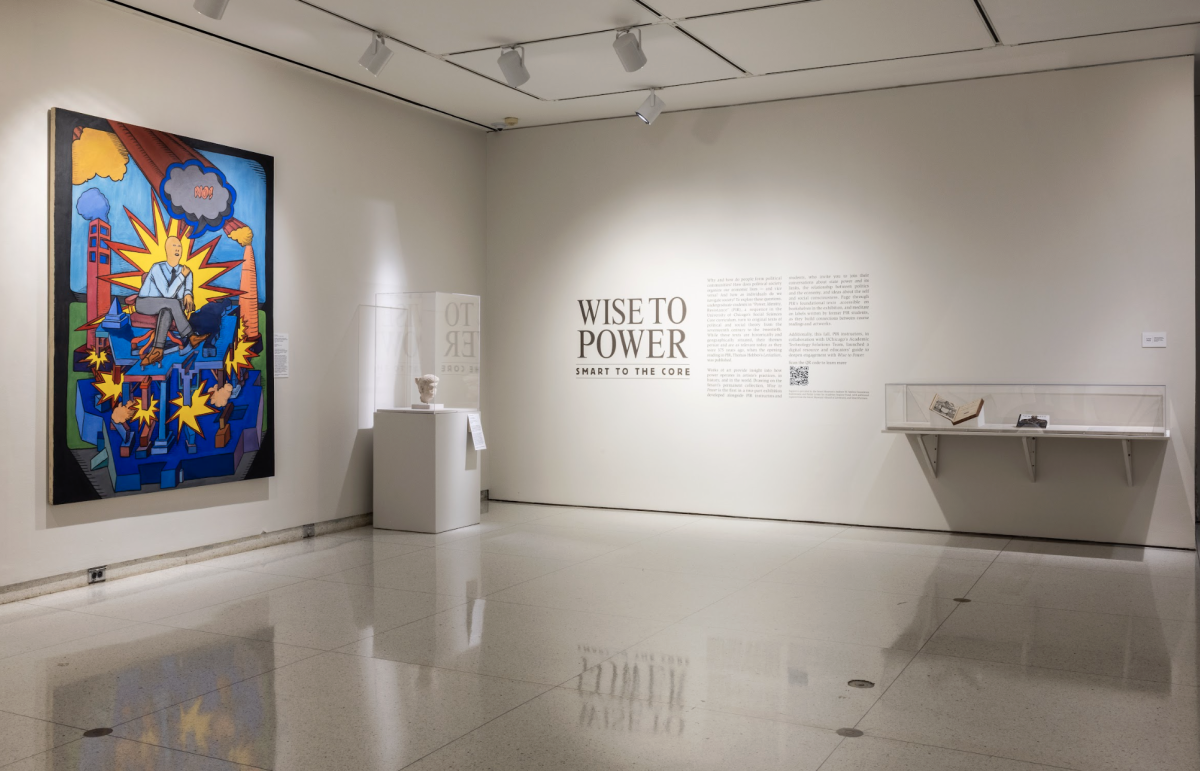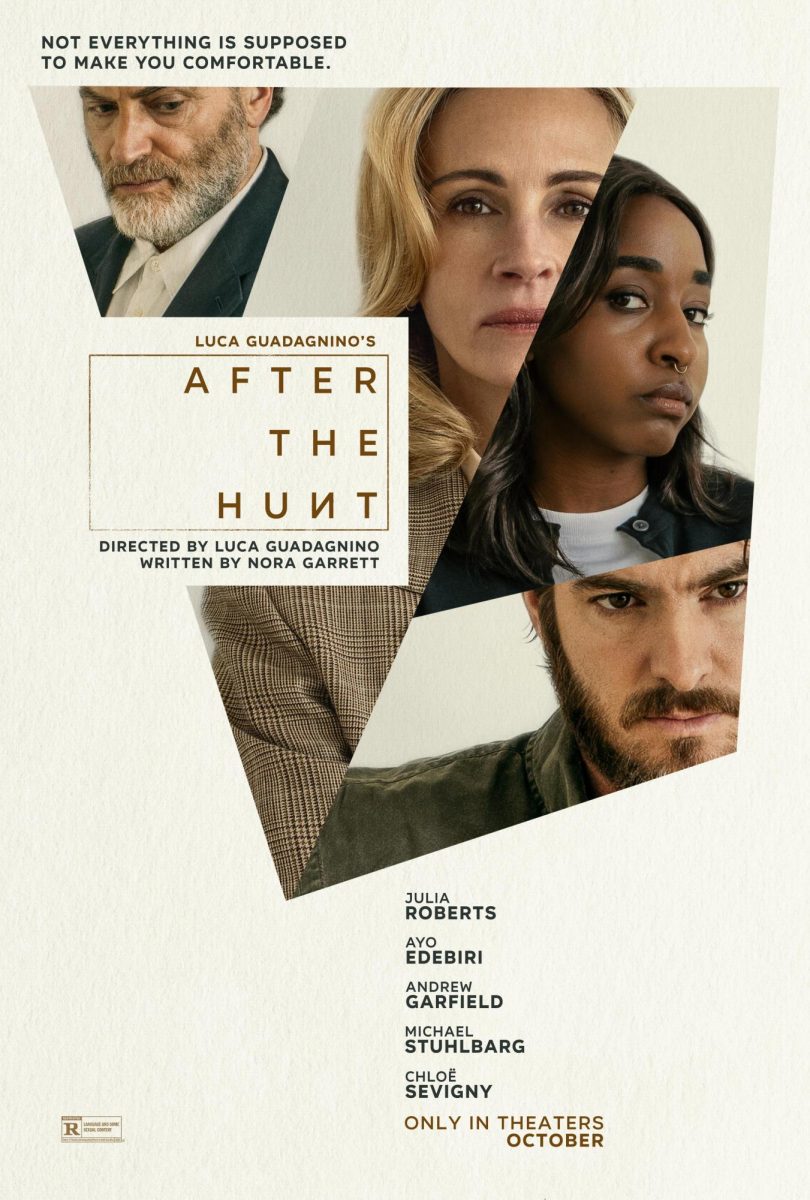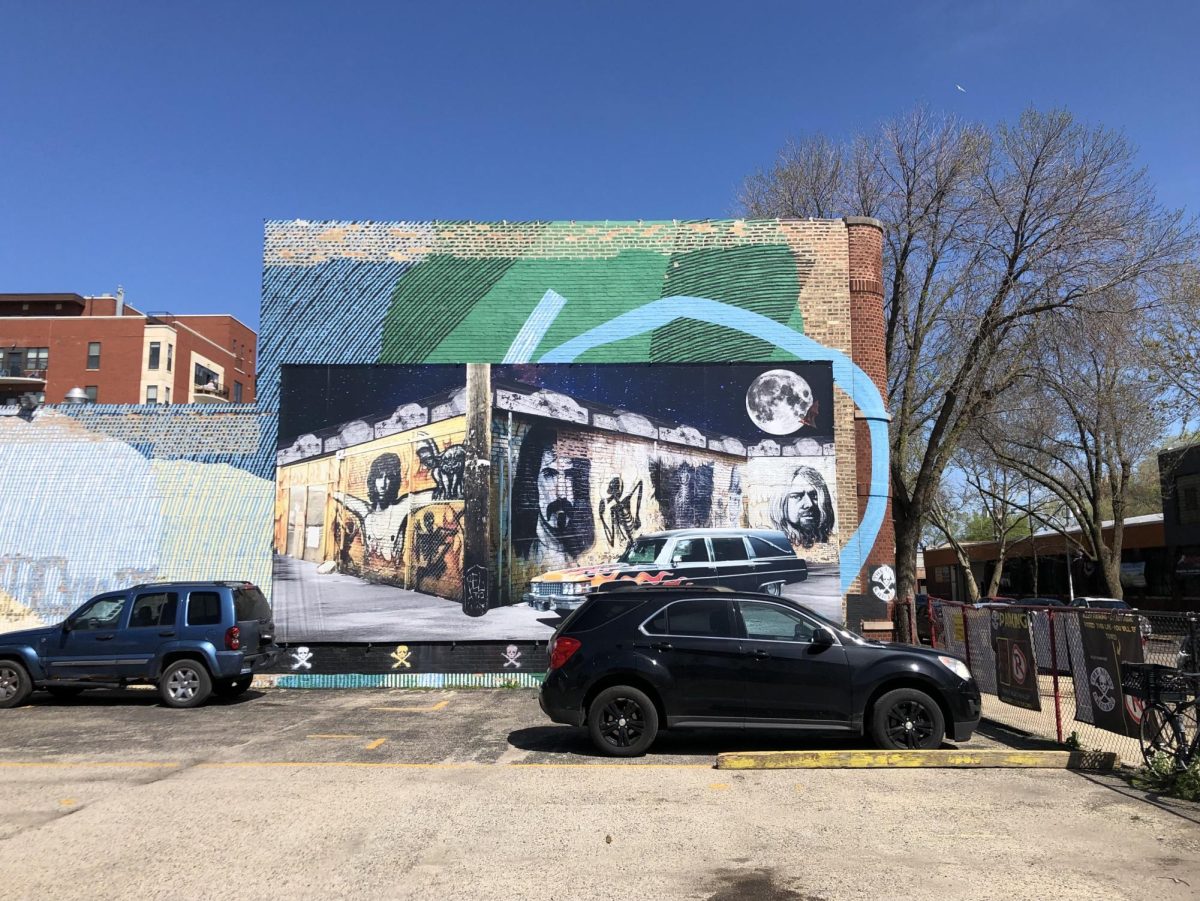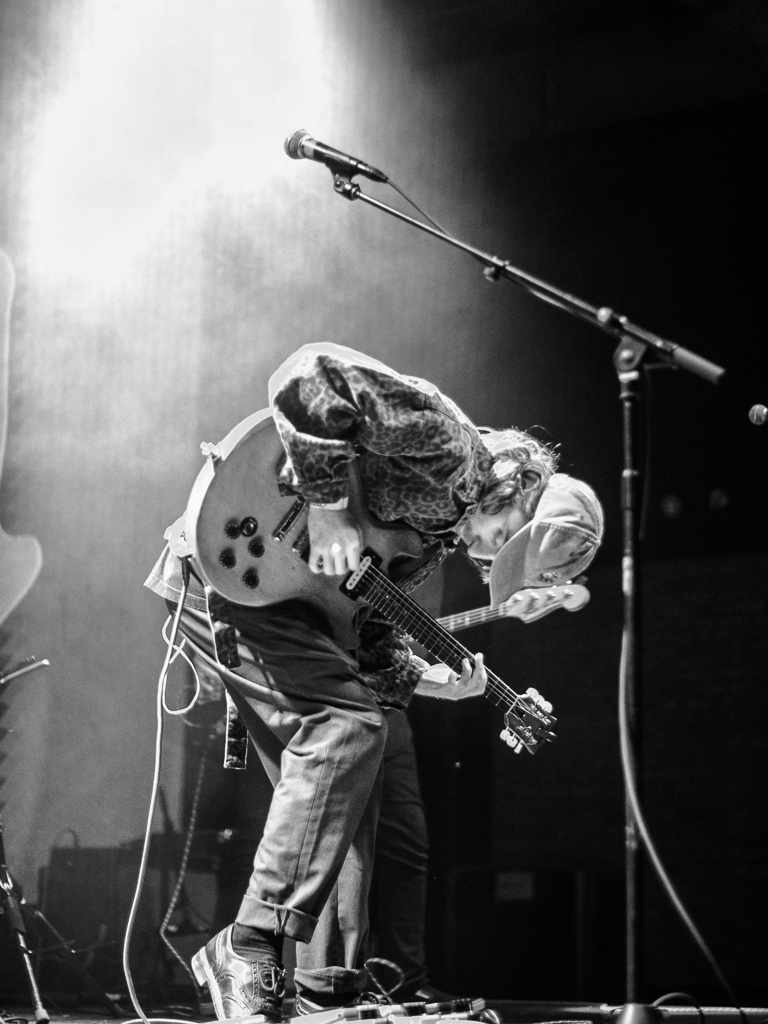What does classical music have to do with artificial intelligence? More than you might think.
The Chicago Symphony Orchestra’s (CSO) wind octet kicked off the 2025–26 CSO Chamber Music series, hosted by UChicago Presents, with a wide-ranging program featuring Mozart and Prokofiev on October 12. The concert was the first of three performances that addresses one of the most urgent issues of our time: artificial intelligence.
Paula Harper, assistant professor in the Department of Music and the series’s faculty partner, collaborated with CSO musicians and UChicago Presents to develop themes for the season. “Maybe you don’t immediately think of AI when you think of classical music, or vice versa,” Harper said in her pre-concert lecture, “but I think there are a number of issues in the conversation around this explosive new technology that have resonances with longer histories and other domains—like music.”
Sunday’s concert explored the idea of musical “remix” and the different ways that art can be adapted and repurposed. “Generative AI tools are, effectively, remix machines on a massive scale,” Harper said in the lecture, “ingesting huge training sets and then predictively rearranging their components into new outputs.”
Of course, the practice of remixing music is nothing new—and certainly not a bad thing. Modern artists do it all the time, mixing and matching various musical samples to create new, creative products. Even centuries ago, piano transcriptions of orchestral compositions were common. Sunday’s concert featured several such remixes, including arrangements of music originally composed for different instruments, as well as musical adaptations of plays and novels.
The program began, bright and lively, with three solemn chords and a spiritual chorale, followed by a rapid-fire fugue that kept us on the edge of our seats. The charming arrangement of the overture to Mozart’s Die Zauberflöte (The Magic Flute) filled the air with the vibrant spirit of the fairy-tale opera, rapidly oscillating between calmness and intensity, happiness and darkness.
Going in, I wondered whether a wind ensemble could bring out the same colors as a full orchestra. But the CSO musicians quickly dispelled any doubts, producing a rendition of Mozart’s overture no less thrilling than a full orchestra’s. I was most struck by how seamlessly they handled lines originally composed for different instruments. The clarinetists and oboists, for example, bravely took over several string passages, maintaining the character of the original score without losing sight of the unique timbre of their instruments.
Part of what makes a great composer is the ability to produce depth and dramatic variety within a piece, even with limited forces. The next piece on the program, Mozart’s “Serenade for Winds in C Minor,” did this adeptly. As Harper noted in her lecture, “While it’s called a serenade, it’s basically, in formal terms, a symphony for wind octet.” The final movement illustrates this well. Its “theme-and-variations” structure begins with an ominous motif that is repeated and transformed through new harmonies and textures (a kind of “remix” in itself), building towards a stormy climax before resolving in a triumphant major recapitulation of that original theme.
Perhaps the most impressive aspect of the ensemble’s performance was the way the musicians stayed together not only in tempo but also in style, sounding less like eight individuals and more like one massive instrument. Every crescendo and diminuendo, every ritardando and accelerando, every forte and piano was in perfect harmony.
After a brief intermission, the second half of the concert began with selections from another Mozart opera, Don Giovanni. Though technically an opera buffa—opera lingo for “comedy”—Don Giovanni is yet another example of complexity and dramatic variance, containing some of Mozart’s most intense and dark music, as well as some of his most elegant and lighthearted. The story follows a criminal seducer who murders a woman’s father in the first scene and is dragged to Hell by his ghost in the finale. In between, he goes on what can only be described as a series of side-quests that fluctuate between humor and tragedy.
The overture perfectly captures the back-and-forth nature of the opera, opening with a sequence of fiery chords (which return in the opera’s finale), then moving into a lighter, more quick-paced central section. What impressed me most about the ensemble’s performance was their ability to bring out the dramatic tone of Don Giovanni even without voices or a full orchestra. In traditional orchestral performances, those opening chords are often loud and brassy (listen to Karl Böhm’s recording with the Vienna Philharmonic for reference). But rather than belt out an obnoxious fortissimo in an attempt to emulate that orchestral sound, the CSO musicians recognized the strengths and limitations of their instruments, playing the chords softly and with a more subdued melancholy yet no less intensity.
Throughout the remaining operatic excerpts, the vocal part generally fell to the bassoons, who did a masterful job of conveying each piece’s messages even without singers and words. The famous ballad, “Là ci darem la mano,” was touching and sweet, while the iconic “Finch’han dal vino,” the so-called “champagne aria,” in which Don Giovanni embraces his hedonistic lifestyle of drinking and sleeping around, was a thunderstorm of speed and intensity.
Even without voices and lyrics, even without a full orchestra, even with only a few short excerpts from a three-hour opera, the CSO musicians still gave us a complete Don Giovanni, proving that the power of a work lies not in its particular medium or scale but in its character. It was musical remix at its finest.
The program concluded with Andreas Tarkmann’s suite arrangement of Prokofiev’s ballet, Romeo and Juliet, which presents excerpts from the ballet in a unique order that brings out the sharp contrasts and dramatic variance within the music. Of course, the Romeo and Juliet we heard on Sunday was far removed from its source material—from Shakespeare’s play to Prokofiev’s ballet to Tarkmann’s arrangement to the CSO’s interpretation. In terms of “remix,” it doesn’t get much more extreme than this.
Every new performance is a remix of its own, clarinetist John Yeh emphasized in the post-concert Q&A. If another wind ensemble were to perform the same music, in the same concert hall, and with the same instruments, they would still, in a sense, be producing new music, depending on elements like dynamics, tempo, and style. That’s what enables art to stay alive across time. “Every great work of art requires different interpretations,” he said. “Through interpretation, you discover things about the performer, the composer, and yourself.” With masterful control and balance, the ensemble’s interpretation made for a remix of Romeo and Juliet that felt as complete as the full ballet itself.
The CSO musicians and UChicago Presents masterfully demonstrated the unique power of the arts in illuminating and offering insight into real-world issues. Beyond admiring the musicians’ playing, I now find myself asking more questions than ever about the concept of “remix” and how it relates to the role and function of generative AI.
Although I was happy to see the house packed, I couldn’t help but notice how few undergraduates were in the audience. Perhaps this points more to the declining popularity of classical music than anything else, but it also reflects a mistake in advertising. If students were more aware about the program’s intersections with contemporary touchpoints, I suspect that they’d be more eager to attend.
The CSO Chamber Music Series will return in February with an environment-themed concert inspired by the severe impact of AI on the natural world.



